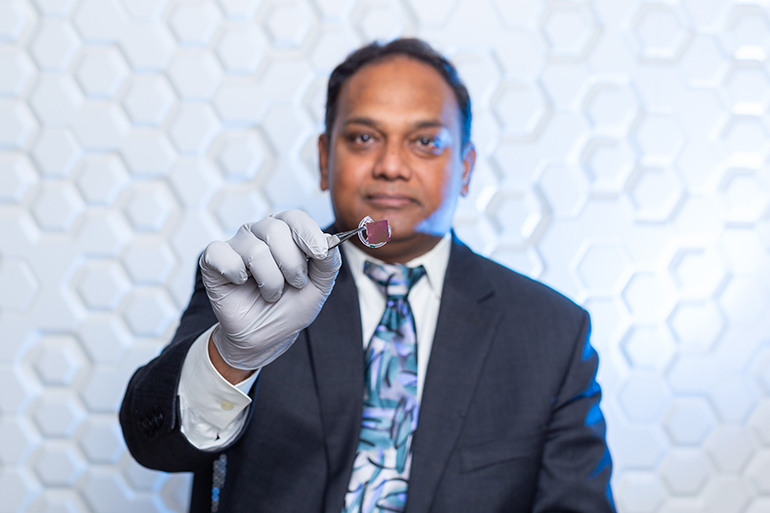We do talk a lot about growth, but we don’t really give enough attention to the ever-changing ideas that govern this growth. You see, as humans, we are always on the lookout for fresh takes on different aspects of our lives. Such a setup ensures there is no stagnation across our core avenues, thus helping us in maintaining, and even improving, the trajectory of our lives. The said function also means that we end up unlocking some really innovative dimensions upon moving forward. While each uncovered dimension, so far, has proven to be influential for us under some capacity, one that really altered the whole picture was technology. If we are discussing technology’s most valuable achievement, it has to be how the creation segwayed us into a host of new possibilities. These possibilities will stagger themselves throughout the spectrum, including, of course, our global healthcare system. Since linking-up with technology, the definition of healthcare has changed beyond recognition. Even after literally reinventing our medical methodology, we continue to put-together bids for a better tomorrow. An example of our progressive thinking was recently delivered by Indiana University.
The researching team at Indiana University has successfully developed a silicon nanochip, which is specifically designed to instill genetic material into the skin. A conceived purpose here is to conduct tissue reprogramming within the skin to produce desired cells and tissue structures. By doing so, we can put ourselves in a position to address complications like neurological deficit. As a result, the technology carries real potential to be useful for administering agents that stimulate bone growth, blood vessel formation, nerve growth, muscle growth, and anti-tumor agents.
When asked about the team’s approach with the nanochip, this is what one of the leads on the research, Chandan Sen said:
“For example, if someone’s blood vessels were damaged because of a traffic accident and they need blood supply, we can’t rely on the pre-existing blood vessel anymore because that is crushed, but we can convert the skin tissue into blood vessels and rescue the limb at risk.”
As far as the application part is concerned, the chip is applied to patient’s skin, and using an electric charge, it infuses genetic material within the tissue through hollow microneedles. There is all the more reason to feel optimistic regarding the technique, as initial trials for the same have conveyed concrete efficiency in terms of affecting gene expression.














